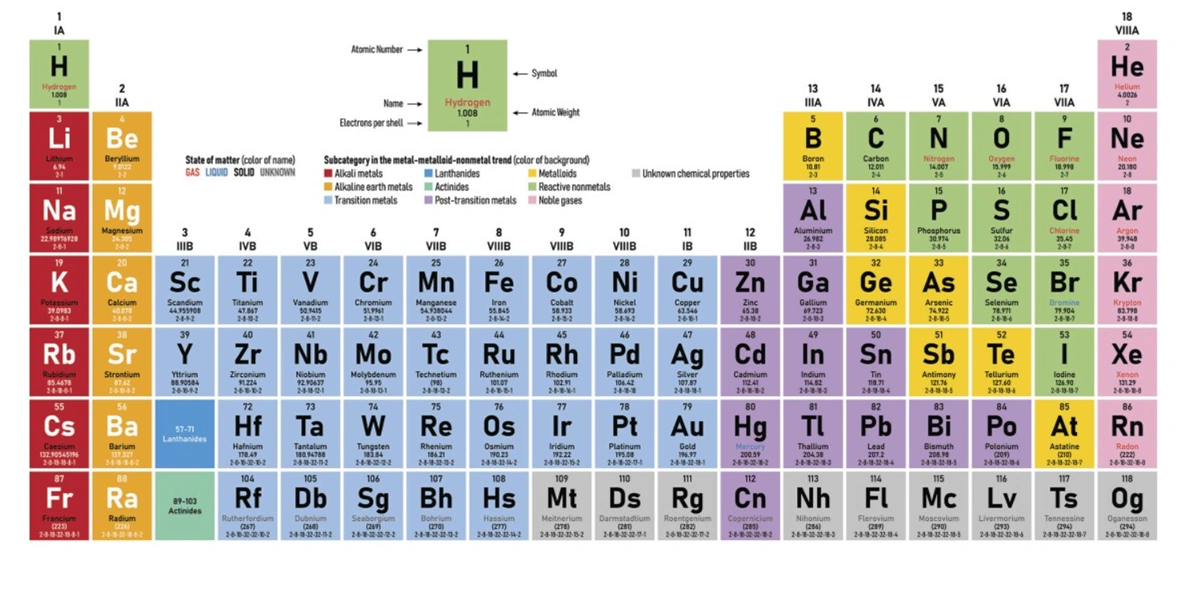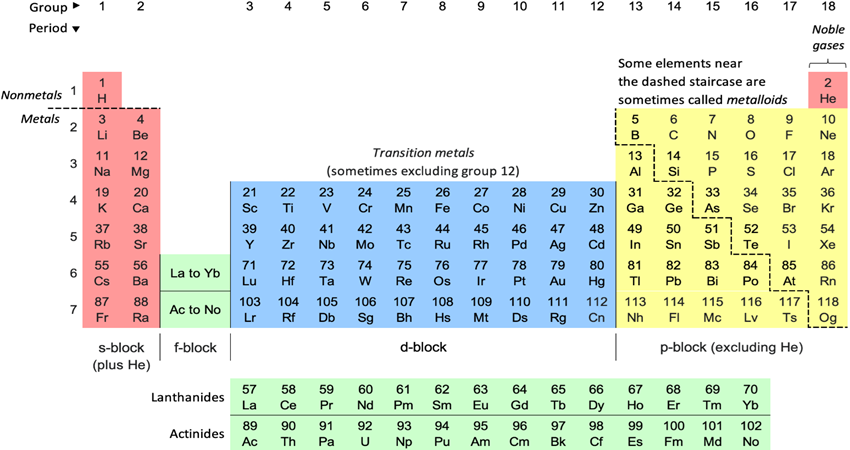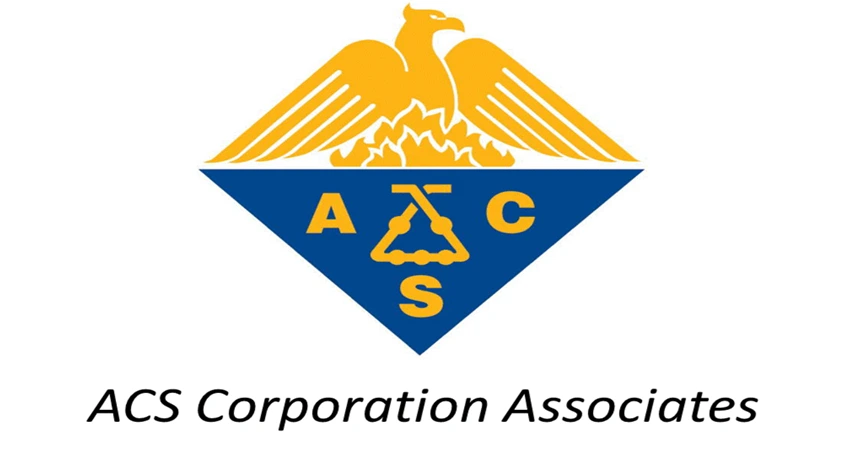Types of liquid fuels
| Primary liquid fuels
or Natural liquid fuels |
Secondary liquid fuels or Processed liquid fuels |
|
Petroleum
|
|
Advantages and disadvantages of liquid fuel
| Advantages | Disadvantages |
| High calorific value | Expensive |
| It can be stored without any loss. | Storage is a problem |
| Firing and fire extinguishing easy processes. | Highly inflammable and so high risk of fire. |
Petroleum
Petroleum is one of the most important liquid fuels in the world. It is the single largest liquid fuel which almost meets the requirements for various purposes.
- In Latin ‘Petra’ means rock and ‘Oleum’ means oil. Hence, petroleum is also known as rock oil or mineral oil.
- Petroleum is a dark viscous liquid found trapped in the Earths crust.
- Its colour, consistency and composition vary from place to place.
- It colour varies from white to amber, to greenish brown and to black.
Composition of petroleum
Crude petroleum is made up of hundreds of different individual chemical. Petroleum consists of liquid oils, hydrocarbon, substances like naturals gas, asphalt and waxes.
Origin of petroleum
(a) Organic theory: It is formed by the decomposition of animal and vegetable matter in the Earth’s crust.
(b) Inorganic theory: It is resulted from the action of heavy metal carbides, existing in the interior of the Earth’s crust.
- Petroleum occurs at different depths and at different places, varying from 500 to 1500ft.
- It is brought to the surface by drilling holes to various depth under the ground and sinking pipes till the drill penetrates the oil-bearing sand.
- The oil may flow out by itself due to hydrostatic pressure or the oil is mechanically pumped out.
- The hydraulic rotary method is a very quick method for bringing oil to the surface.
Classification of petroleum
Crude petroleum is further classified into three types based on its composition.
| Paraffin base petroleum | Asphaltic base petroleum | Mixed base petroleum |
| It contains hydrocarbons of paraffin series [CH4 to C35 H72] | It contains hydrocarbons of naphthalene ring (or) naphthalene products with side chains. | It contains both paraffinic and asphaltic hydrocarbons. |
| The paraffins present may be straight chain or branched chain. | It contain high percentage of cyclic compounds | It is also called as Intermediate base. It is are richer in semisolid waxes. |
| E.g: Pennsylvanian oil. | E.g: Californian oil | E.g: Mexican oil. |
Refining of petroleum or crude oil
Crude petroleum is a starting material for the formation of various petroleum products such as motor spirit, petrol, diesel, kerosene oil etc.
- The crude oil is brought to the surface and pumped under pressure into the cylindrical tanks.
- The oil floats on the top layer.
- Sand and water form the lower layer.
- These two lower layers are withdrawn separately.
Second stage
Addition of copper oxide in the crude oil converts sulphur into CuSO4 which can be removed by filtration.
Third stage
Crude petroleum is washed with acid and alkali solutions in order to remove the basic and acidic impurities. It is then subjected to fractional distillation.
| Read More Topics |
| What are the requirements of metallurgical coke? |
| Solid fuels types – Advantages and Disadvantages |
| Explain briefly the manufacture of glass |





